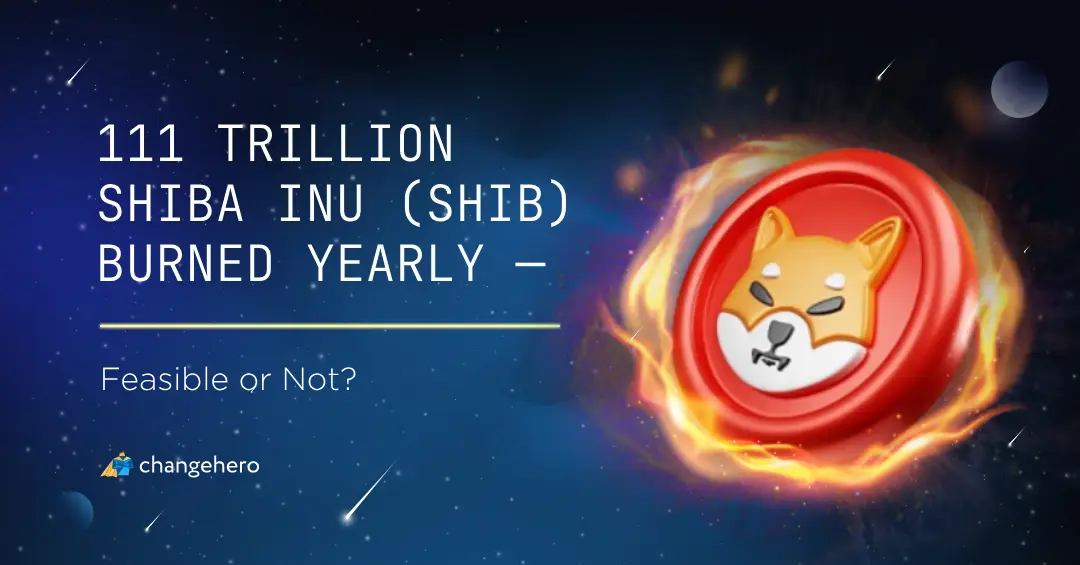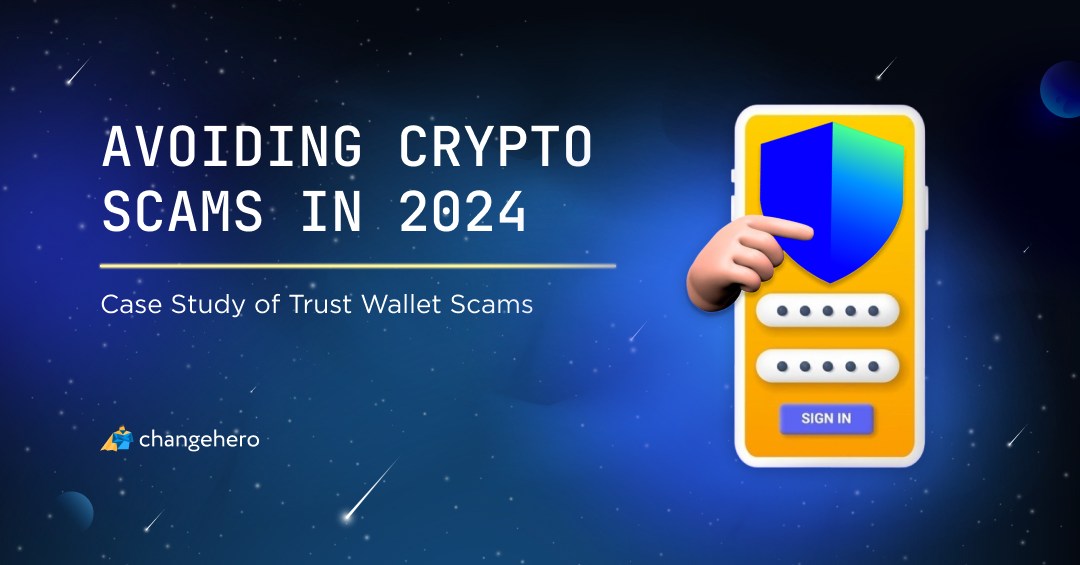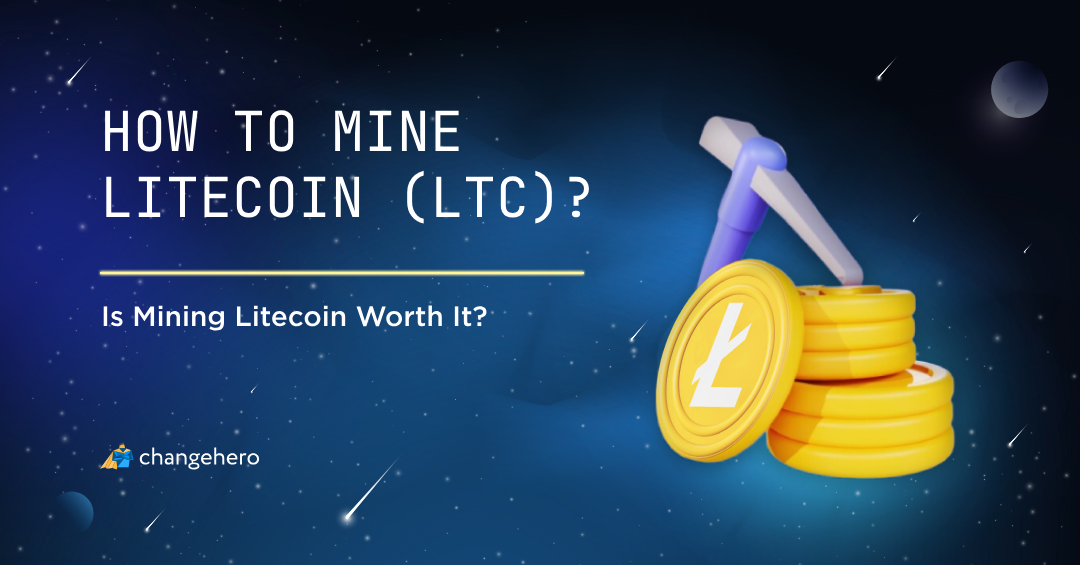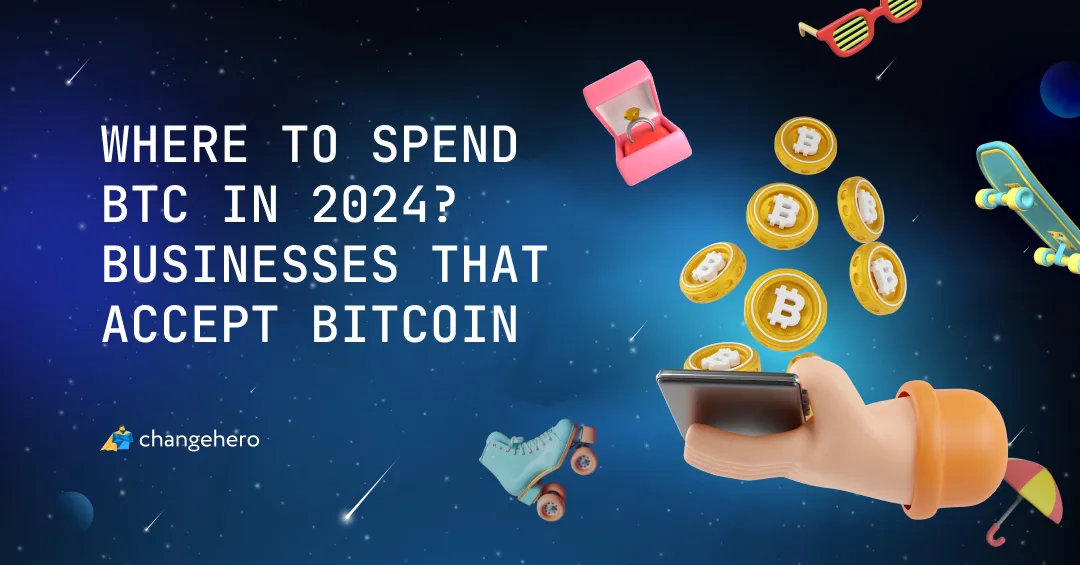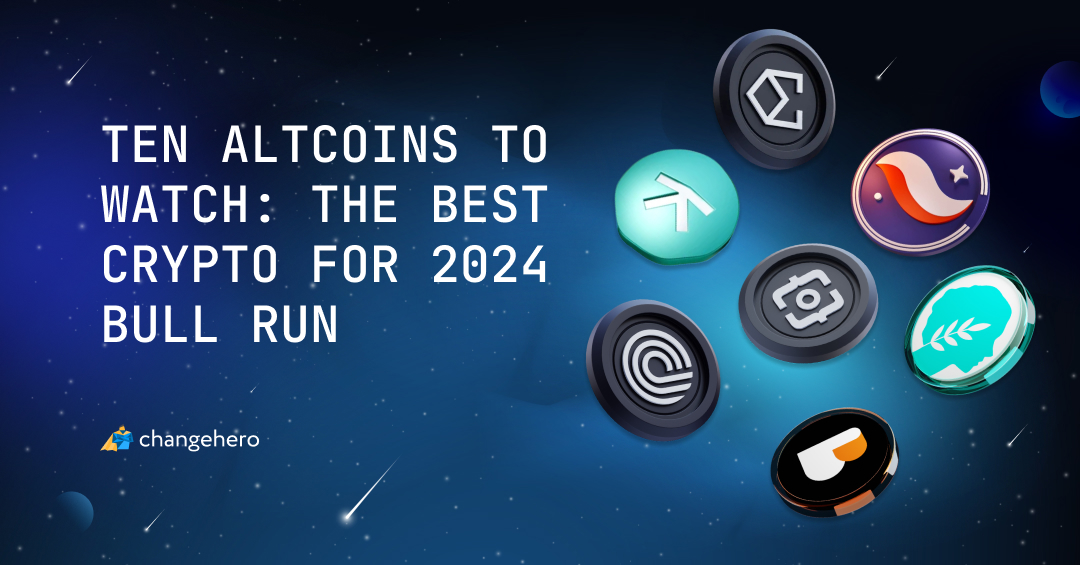Plenty of Shiba Inu holders were looking forward to Shibarium not just because of its promise of Web3, gaming, and metaverse — it was also supposed to change the way SHIB is burned. Community members have estimated that the L2 has the potential to burn as many as 111 trillion SHIB yearly — and it is on a bad year. In this article, the ChangeHero team will review this scenario and evaluate how realistic is it. While we are at it, we will explain everything you need to know about the Shiba Inu burns!
Key Takeaways
- Burning coins in crypto is a part of tokenomics that helps regulate the supply of an asset. It is a significant factor in Shiba Inu (SHIB) because this token was launched with an astronomically large supply;
- There are two types of coin burning: manual and automatic. As of Q4 2023, after the launch of the Shibarium Layer 2 for Ethereum, Shiba Inu uses both types of coin burns;
- The impact of SHIB burns generated by Shibarium cannot be assessed yet, as not enough time has passed yet. It is expected to considerably boost the burn rate of SHIB but at the moment, the change is not yet evident.
How Does Shiba Inu Coin Burn Work
In crypto, “burning” is used in reference to sending crypto assets to an inaccessible address, removing them from circulation forever. For this to work, “burn addresses” are a type of blockchain address with no accessible private keys to sign any outgoing transactions. Sometimes, they can be referred to as a “black hole”.
Shiba Inu (SHIB) started out as a Dogecoin-inspired meme coin but has now unfurled into a particularly successful community-run blockchain project. One of the characteristics of the native token of the Shiba Inu ecosystem SHIB is its incredibly large supply: 1 quadrillion tokens (for reference, this number has 15 zeroes). To offset the dilution that inevitably comes with a supply like that Shiba Inu creators and community covered their bases with burn mechanisms.
There are two ways of burning tokens: manual burns and automatic ones, and Shiba Inu uses both.
Firstly, there are manual burn events, or simply put, intentional transactions with the burn address as a destination. They can occur as a part of community initiatives or be a part of the genesis event (in other words, blockchain’s launch). Probably the largest manual SHIB burn occurred shortly after its launch: at the very beginning, half of the total SHIB supply was sent to Vitalik Buterin’s wallet, who proceeded to burn 90% of the allocation.
Secondly, automatic or implicit burn is a process that occurs on its own with every transaction or other action due to it being specified in the code. This mechanism is used to create a feedback loop between network activity and an increase in value. In SHIB, there is no “burn tax” or other function to redistribute an extra fee to a burn address. However, with Shibarium in the picture, it has changed.
What is the benefit of burning SHIB tokens?
Why would you want to get rid of digital assets with value in the first place? As counterintuitive as it is, by ridding of some tokens, we can supposedly increase the value of the remaining tokens. This idea is rooted in the laws of supply and demand. In short, the scarcer a good or an asset is, and the higher the demand, the higher the value, and vice versa.
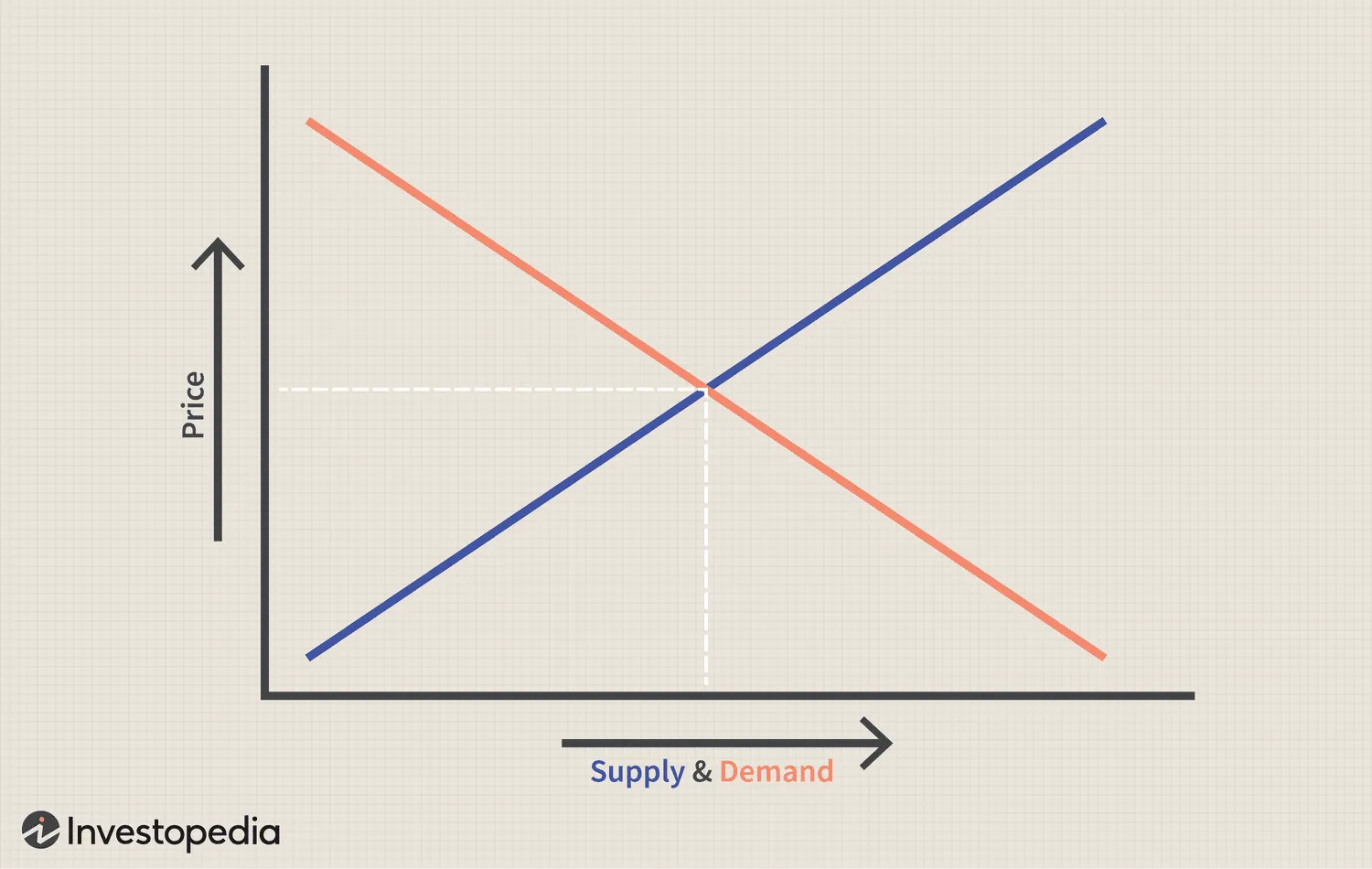
On the surface level, the idea seems to make sense, but the community members behind the Shib Burn tracker explained that it is not as simple. Reducing the circulating supply of SHIB is not enough: in addition to supply, there is also demand in the equation. Their point is, that even when there are massive burns, the price does not move because SHIB’s liquidity, demand, and perceived value do not change much.
What is Shibarium?
Now that we know the first half of the background, let’s get to the second one: what is the Shibarium network?

While Shiba Inu is a token, Shibarium is a Layer-2 to the Ethereum network. It will make more use of the three tokens of the Shiba Inu ecosystem — SHIB, BONE, and LEASH — and connect them into a more closely-knit system. Shibarium promises better scalability and utility for metaverse, gaming, Web3, NFTs, and DeFi projects.
One of the first dApps on Shibarium and a strategic one at that, is ShibaSwap, turning the DEX’s native token BONE into the native token of Shibarium. However, what role does SHIB play in this ecosystem and how does it contribute to SHIB burns?
Shibarium & SHIB Burn Mechanics
Even though Shibarium gas fees are paid in BONE, the transactions on this network incur an implicit burn on SHIB, according to official sources. It is implemented as a buyback and burn funded by 70% off all the Shibarium network base fees. However, the burn tracker does not seem to be implemented as of 2023.
70% sounds like a lot but keep in mind that the transaction fees on Shibarium are intentionally kept low. Instead of speeding up the process with hefty commissions, the developers opted to keep the entry barrier low and make up for the minuscule individual burn fees with higher network activity. But does this approach actually help to burn SHIB?
Will the Burn Be Enough to Move SHIB Price?
Even half of a quadrillion (or more precisely, 579,798,269,902,152 SHIB — the circulating supply at the time of writing) is an amount that can be hard to grasp. In comparison, the current circulating supply of Bitcoin (BTC) is about 29,708,545 times smaller. With Bitcoin’s market capitalization today, SHIB would be worth $0.000958 — a far cry from the coveted $0.01. In turn, to reach this target with Bitcoin’s market cap, SHIB will have to burn 94.4% and with its current market cap and price, the SHIB supply will have to be shrunk to 0.04% of the total supply.
The gist is that the Shiba Inu’s supply is not just a lot. Even if the Shiba Inu community and Shibarium users burn millions of tokens daily, it will still take several hundred thousand years to get anywhere close to the desired targets. Luckily, with Shibarium, this can happen way sooner.
Anyone can run hypotheticals from current data :)
— Queenie (@Web3Queenie) March 31, 2022
I did this just now: pic.twitter.com/iSeKJeB9V9
In 2022, a SHIB community member Queenie ran the numbers on the estimated SHIB burn rate that Shibarium is able to generate. The result is staggering: 111 trillion SHIB burned in a “bad” year. As impressive as it is, the forecast is neither too optimistic nor pessimistic. On the one hand, Queenie tried to be conservative with assumptions, using concurrent to the time of calculations numbers and performances that are estimated to be “poor”. On the other hand, there are some unrealistic assumptions in the sheet, i.e. all eligible LANDs were renamed once.
Now that Shibarium is online, does it actually burn SHIB at this rate? The L2 and its ecosystem were officially launched in August 2023. Two months later is a bit too early to judge how it fares in the long term but so far, it has contributed to burning 2,754,036,543 SHIB tokens. Is it any faster than before, though? A quick look at the statistics collected by shiba-burn-tracker.com reveals that the impact of Shibarium so far is hard to assess, since previously the monthly burn rate for SHIB ranged from 33M to 31T a month.
Conclusion
Shiba Inu claims to have started as an experiment in decentralized community building but they can find out another curious answer. Will the community ever be able to burn enough SHIB to see it rise to $0.0001 or even $0.001 if they are better off holding and hoping someone else does it for them? Shibarium’s automatic burns and incentives to burn are here to resolve the stalemate.
For even more useful guides like this one, browse the ChangeHero blog to learn more about the crypto world. Subscribe to us on social media to stay tuned to the updates: we’re on Twitter, Facebook, Reddit, and Telegram.
People Also Ask
Does Shiba Inu have a burn rate?
Before the launch of Shibarium, Shiba Inu (SHIB) was burned manually without a regular burn rate. This is still the case because the implicit Shibarium burn is not yet prevalent over manual SHIB burns. You can check the rate at which the community is burning SHIB tokens on trackers such as ShibBurn or shiba-burn-tracker.com.
How many Shiba Inu coins burned?
According to the ShibBurn, at the time of writing, 410,661,075,305,553 SHIB, or 41% of the total supply has been burned.

